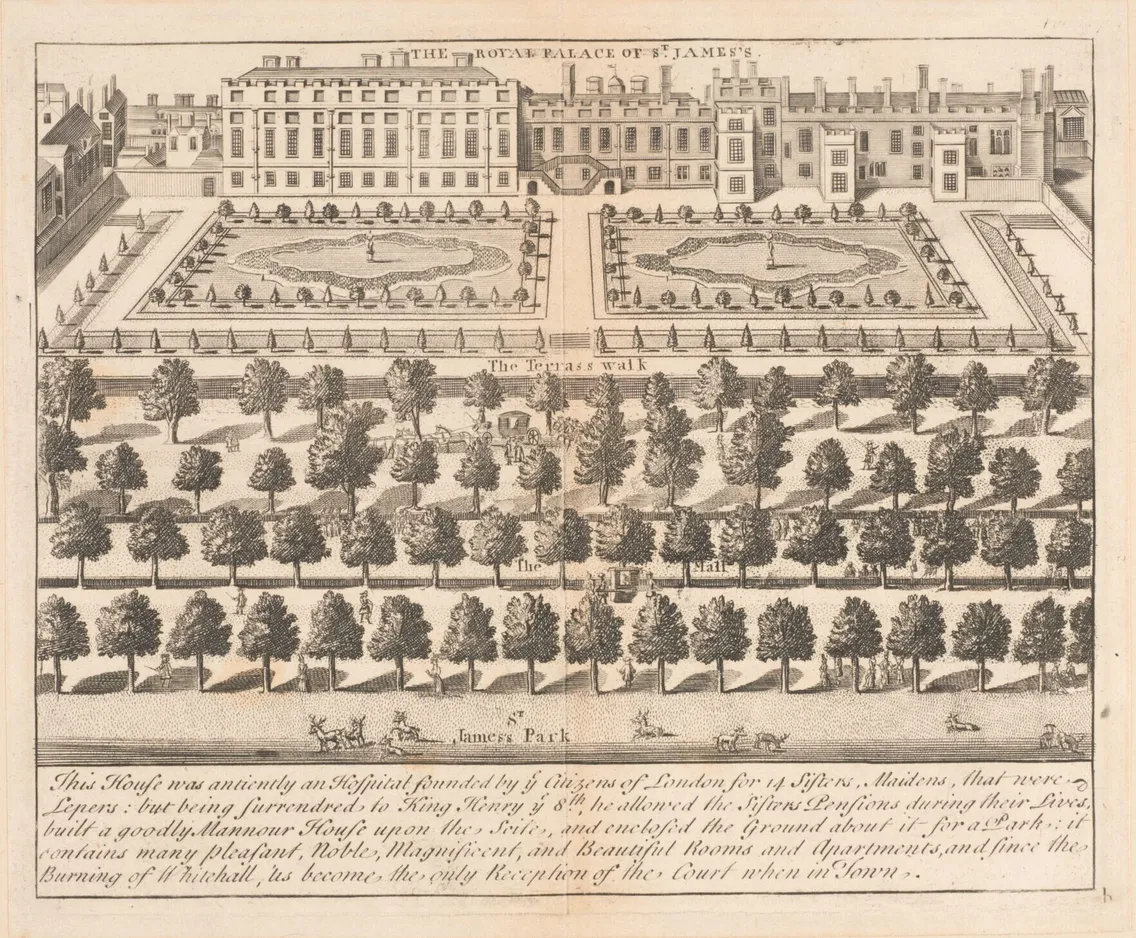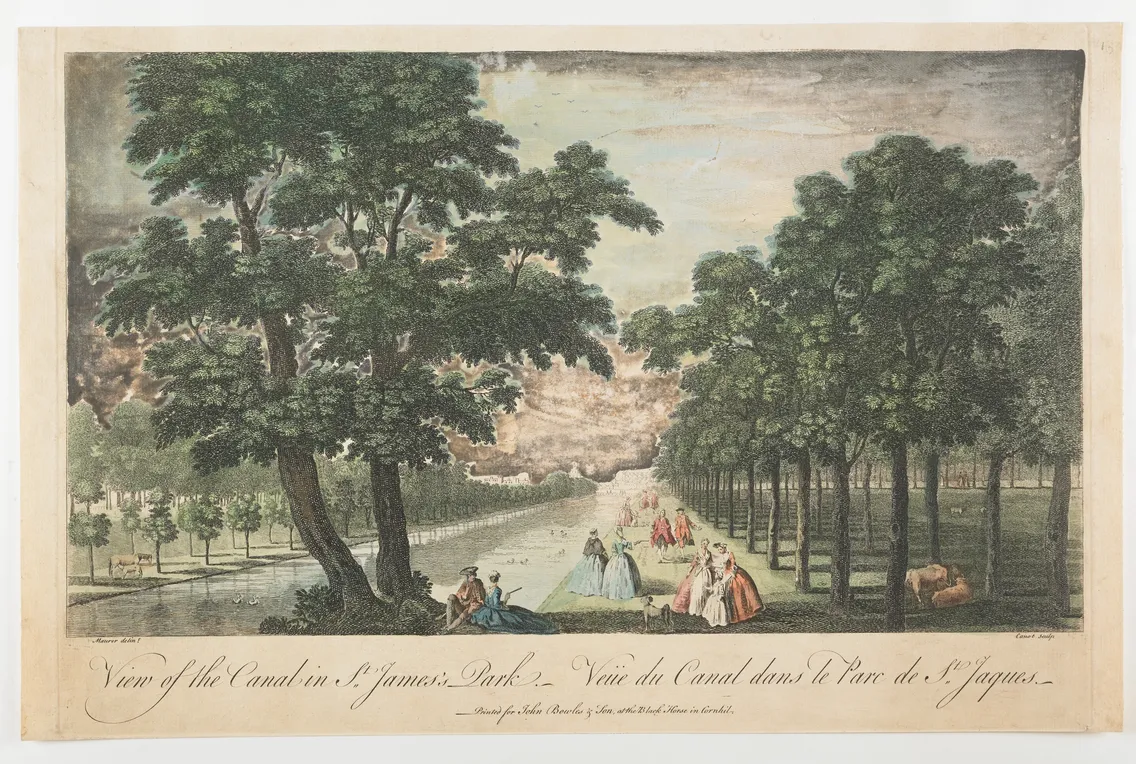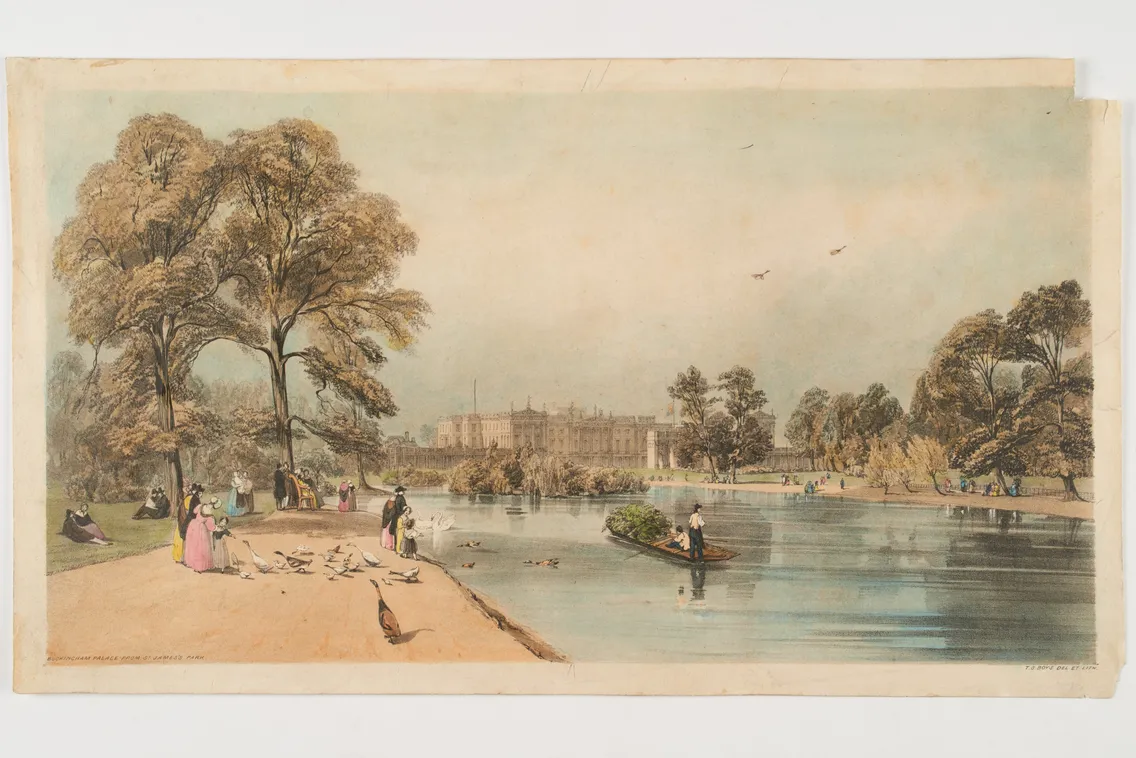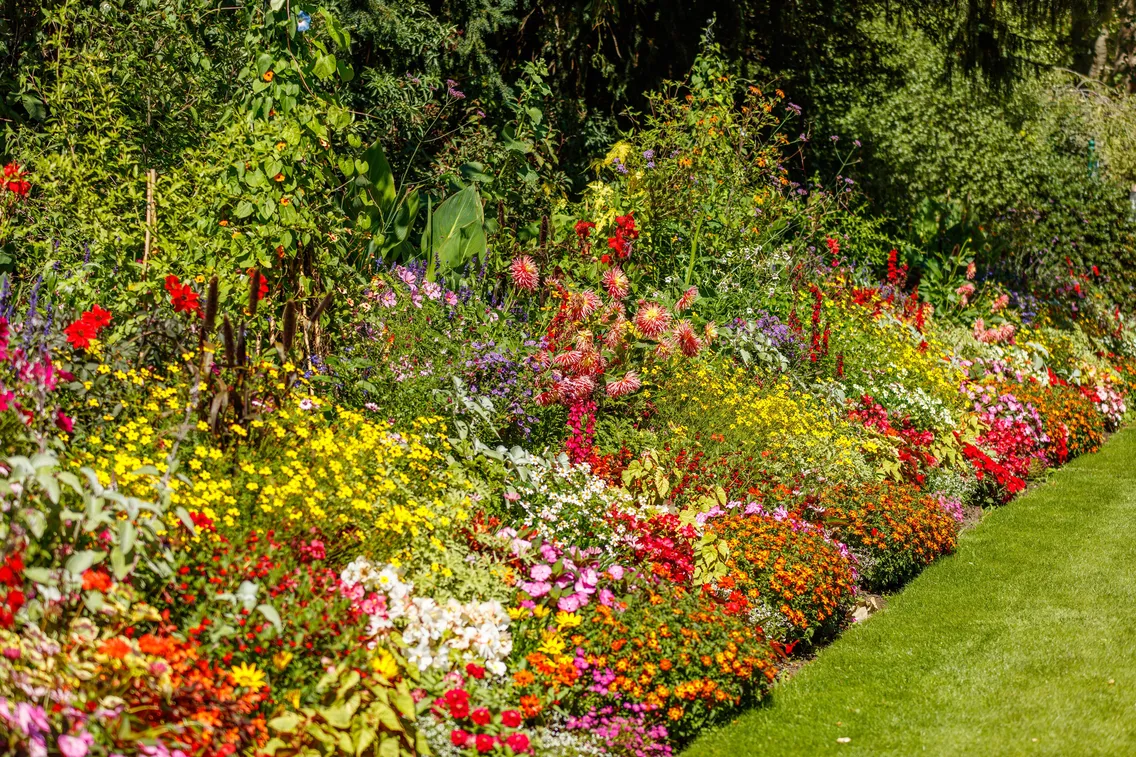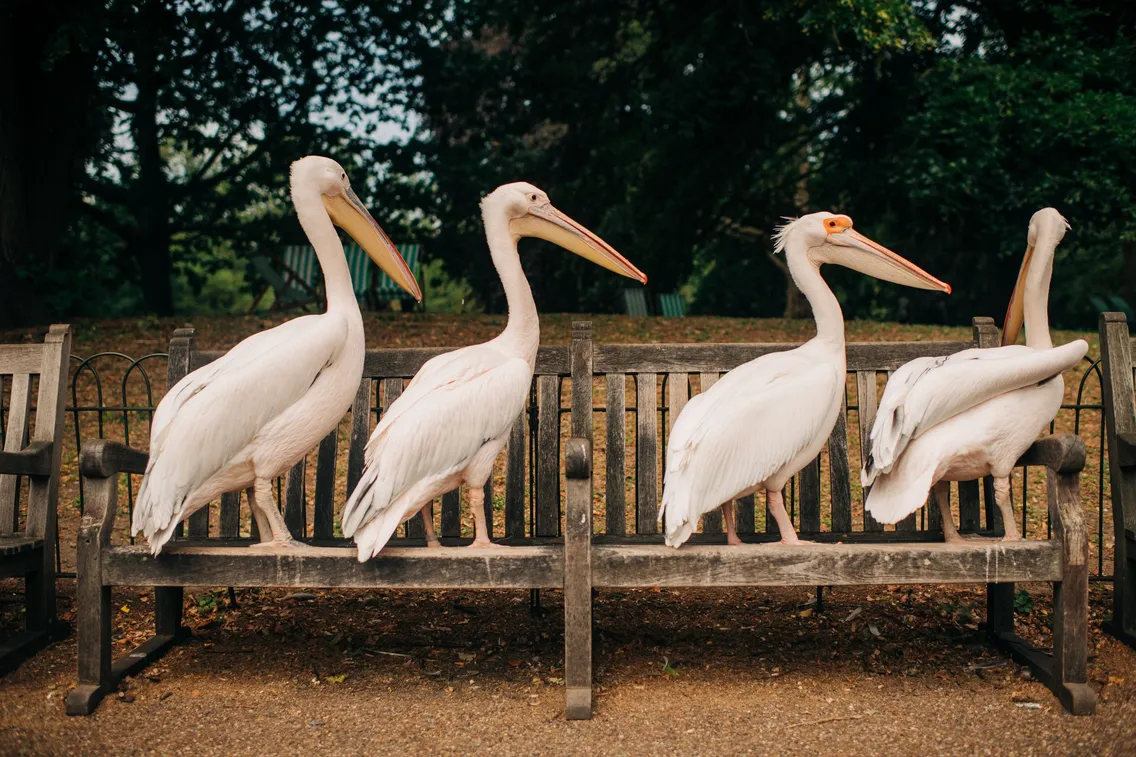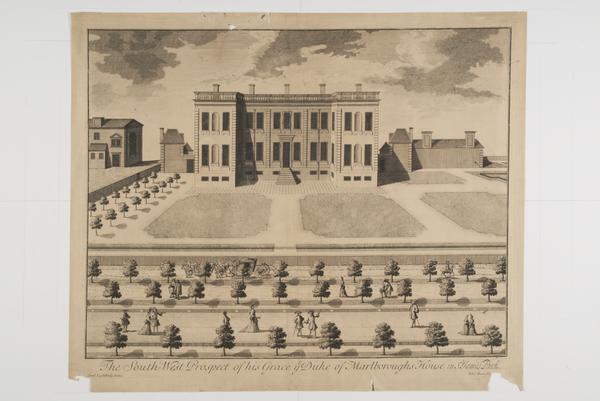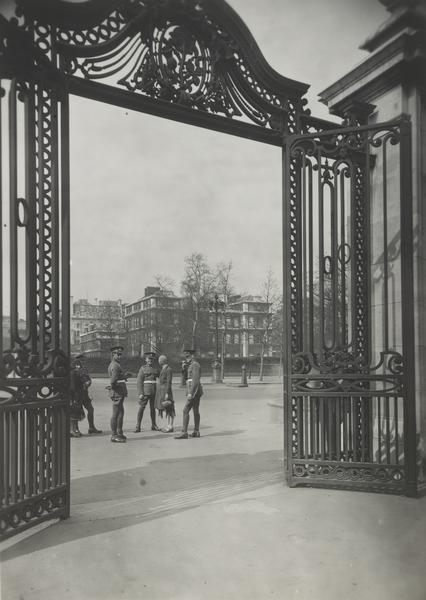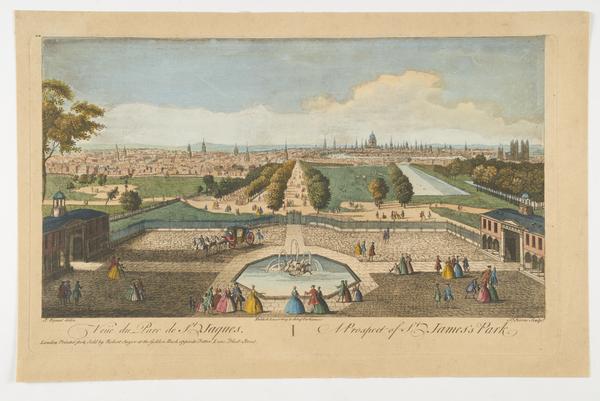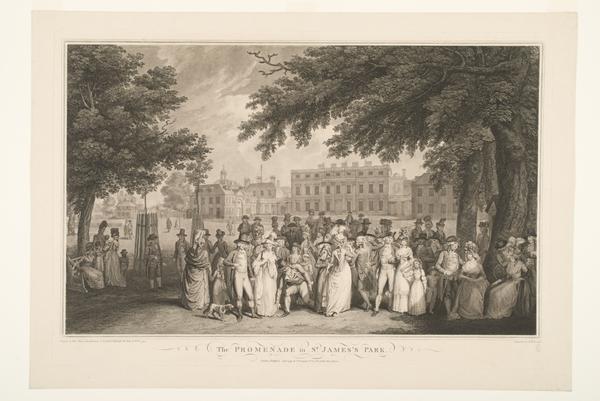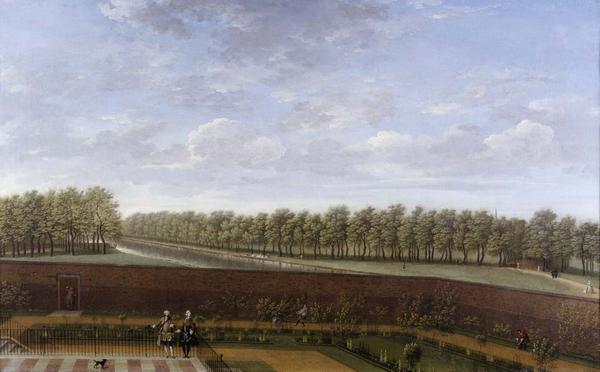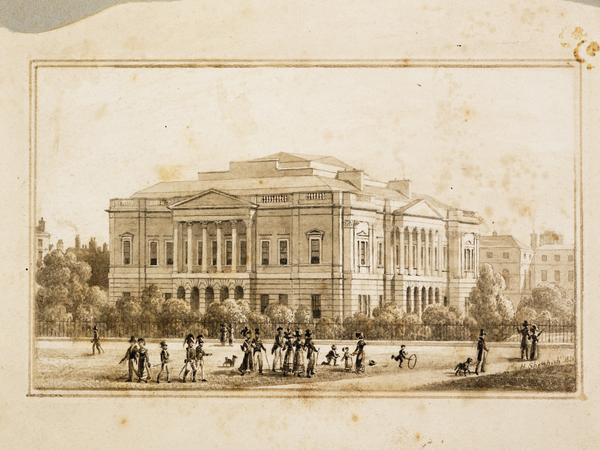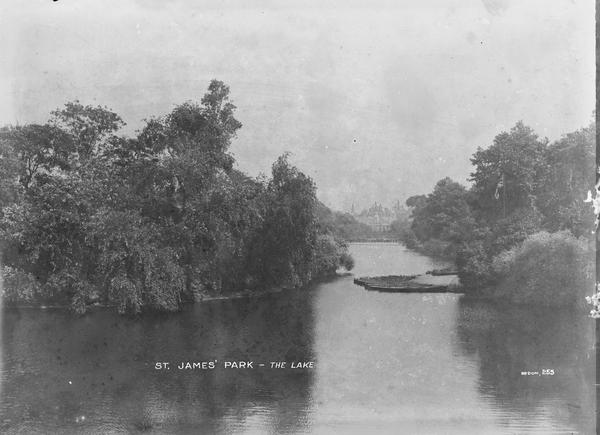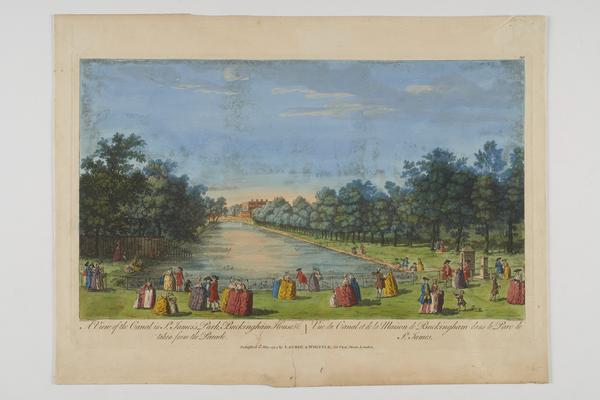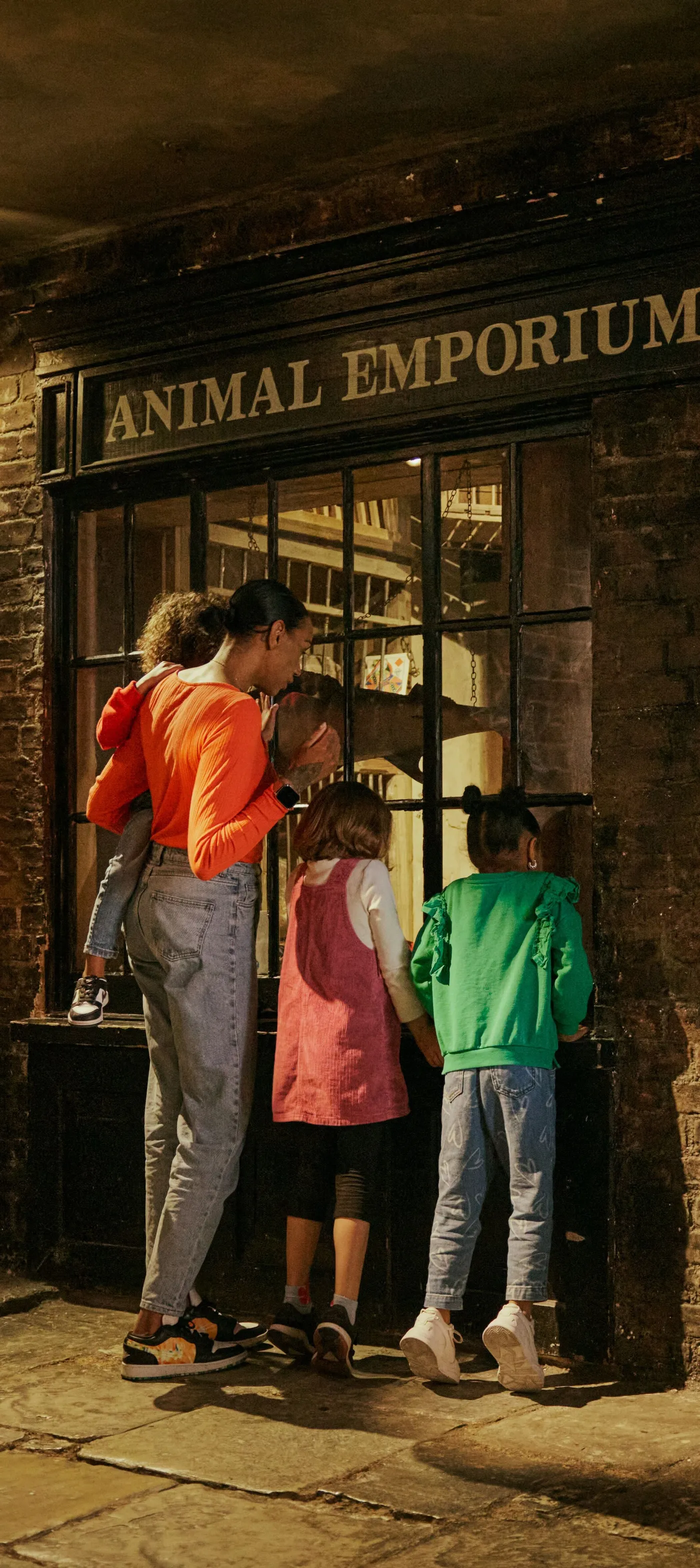St James’s Park: Royal playground & wildlife haven
Since the 1500s, successive royal families have transformed St James’s Park into a landscaped central London haven. It’s even home to a colony of pelicans.
City of Westminster
Since 1532
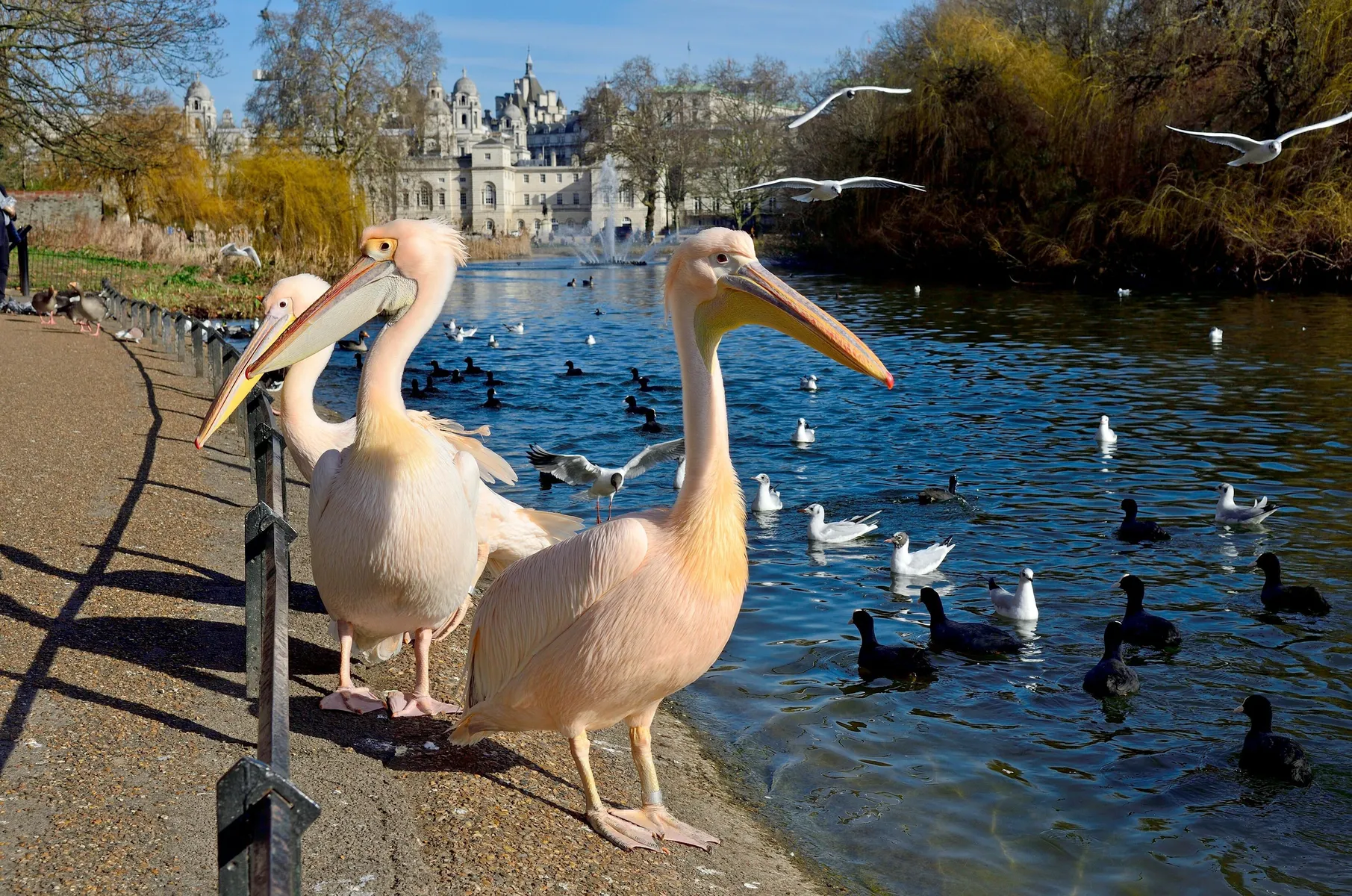
The park surrounded by palaces
Sitting between the Palace of Westminster, St James’s Palace and Buckingham Palace, it’s no surprise that St James’s Park has many royal and political associations.
It was once a playground for kings and queens, but since the mid-1600s, this Westminster park has been open to all. Writers and artists have found inspiration there, and we have over 200 artworks showing different views of the park through the centuries.
Crocodiles and camels once called St James’s Park home. But today, it’s the small colony of pelicans that are this green central London spot’s most popular residents.
From marshland to royal playground
St James's Park was once just a marshy meadow near a hospital for women with leprosy, which was dedicated to St James the Less. But successive kings transformed it into the park we see today.
Its royal chapter began in 1532 when Henry VIII transformed the area into a deer park, establishing a hunting lodge that would become St James's Palace.
The park's first major transformation came under James I in the early 1600s. He moved in an impressive collection of animals, including camels, crocodiles and an elephant.
But the most significant changes arrived with Charles II in 1660. Inspired by French gardens during his exile, he commissioned renowned landscaper Andre Mollet to reimagine the space. As you can see in these artworks in our collection, Mollet's elegant design featured tree-lined avenues and a graceful ornamental canal system.
In 1827, architect John Nash redesigned the park for George IV. Nash swapped the formal French style for something more natural, creating the curving lake and beautiful flower beds we enjoy today.
The people's park
St James's Park took its first steps as a public space when Charles II opened it to everyone. By the 1700s, it had become the place to be seen in London, as captured in this print of the promenade by Thomas Gaugain.
We get wonderful glimpses of park life through visitors' eyes. In the 1600s, the famous diarist Samuel Pepys wrote about the park's buzzing social scene, noting the romantic liaisons and political intrigue happening under its shady trees.
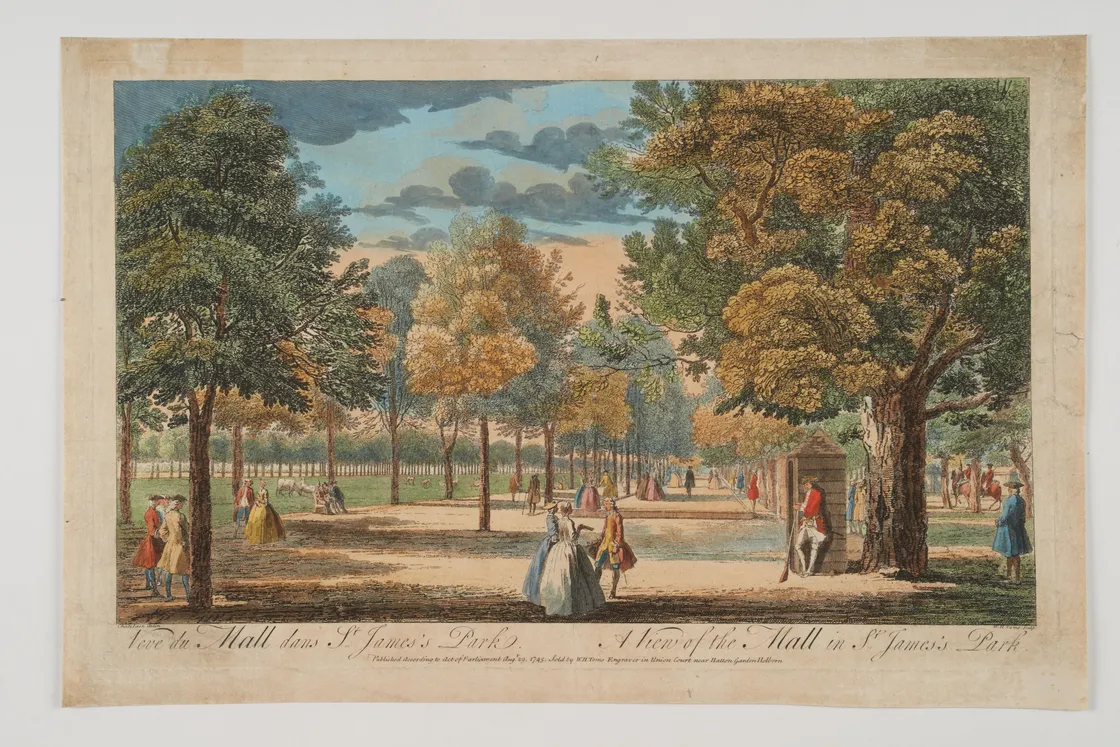
A 1745 print showing visitors walking on The Mall in St James's Park.
In 1814, tourist Elizabeth Chivers wrote about her visit in her diary, now part of our collection.
Author Oscar Wilde captured the park's magic in 1889 in the story The Portrait of Mr W. H., describing dawn breaking over sleeping swans and the palace glowing purple against a pale green sky.
Over 350 years of wildlife and blooms
St James's Park bursts with natural life. and, most famously, the pelicans. Pelicans have called the park home since 1664, when the Russian ambassador gifted them to Charles II. You can watch these remarkable birds being fed every day, just as Londoners have done for over 350 years.
The park also boasts 56,000 bedding plants and around 800 trees, including some rare and unusual species like Western catalpas and Japanese maples.
There are one million daffodils to admire in the spring. And in the summer, 12,000 red geraniums bloom in the Queen Victoria Memorial Gardens, chosen to match the scarlet tunics of the cavalry unit guarding the nearby Buckingham Palace.
Executions, wars and ceremonies
Over time, St James's Park has seen some dramatic moments. King Charles I walked through the park on his way to be executed in Whitehall in 1649.
During the First World War (1914–1918), the lake was drained for six years to make room for temporary government buildings. In 1946, a clean-up revealed an unexploded Second World War (1939–1945) bomb in the lake.
Today, the park remains at the heart of royal ceremonies, including Trooping the Colour, which is the monarch’s official birthday parade.
There’s a lot to see in St James’s Park
From the lake bridge, visitors can enjoy a ‘triple view’ of three iconic landmarks: Buckingham Palace, St James's Palace and Horse Guards Parade. The Mall, with its distinctive red surface, runs along the park like a royal red carpet.
The park is peppered with monuments, with several commemorating soldiers who died in the Anglo-Boer Wars (1880–1902) and the First and Second World Wars.
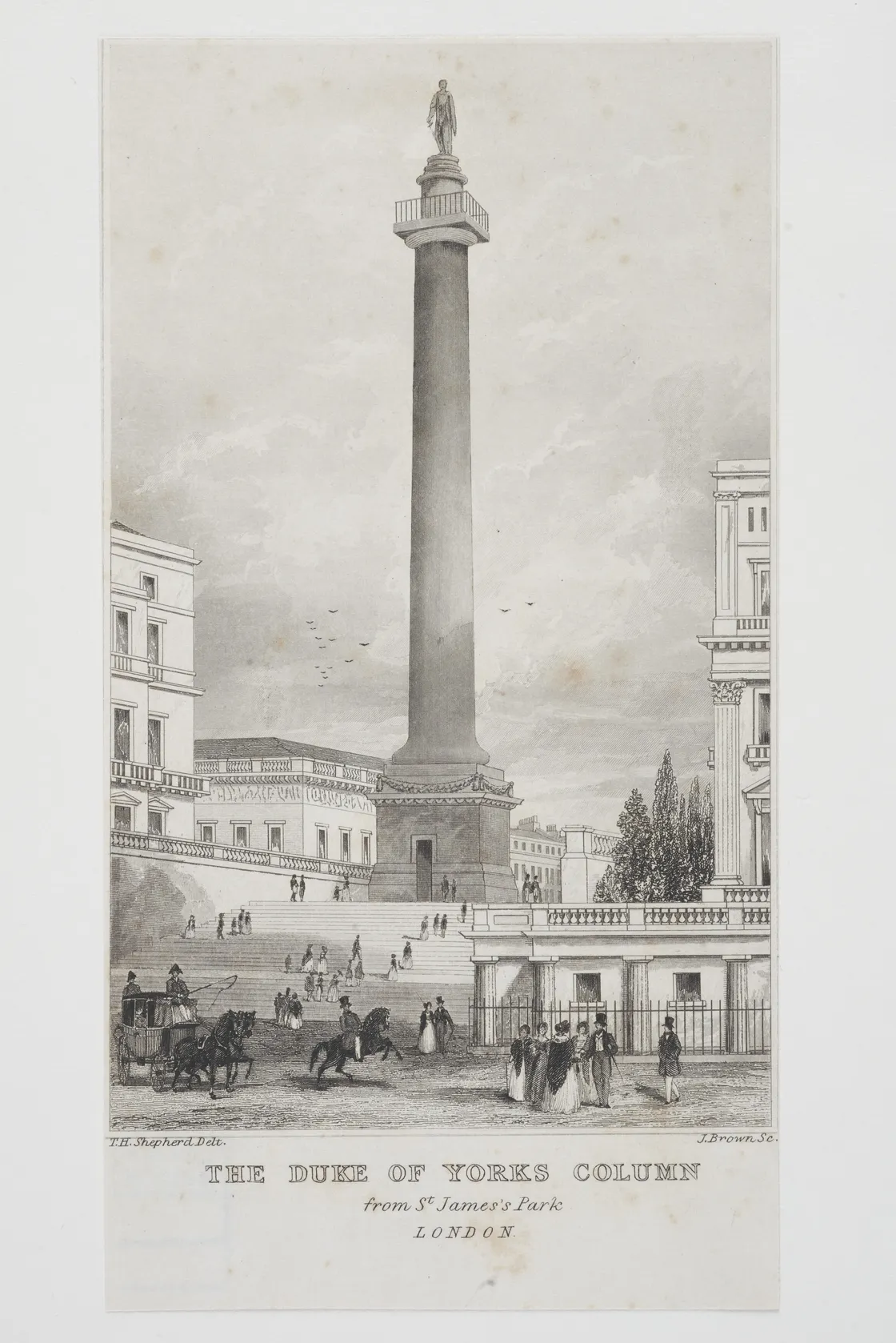
The Duke of York statue and column.
There are also statues of a few famous faces. The British explorer Captain James Cook is found near the entrance to The Mall. In front of Buckingham Palace stands the towering Queen Victoria Memorial, featuring the enthroned queen underneath bright gilded bronze figures.
There’s also the Duke of York Statue and column, made in memory of a British Army commander-in-chief called Frederick William. He’s probably the inspiration for The Grand Old Duke of York nursery rhyme.

